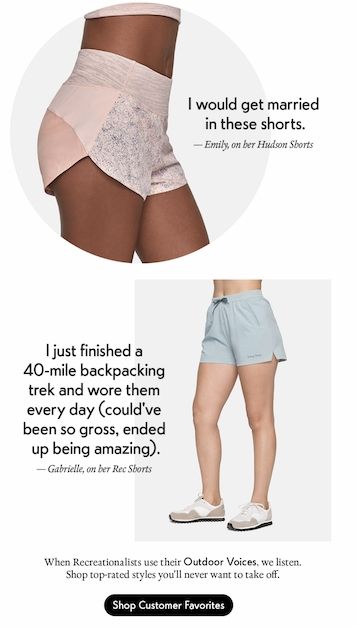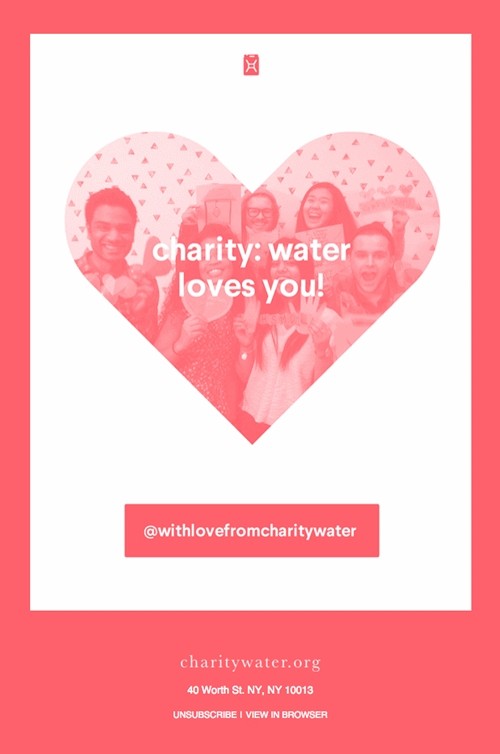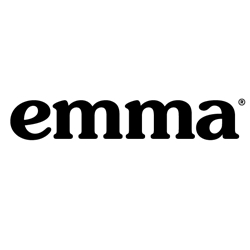You'd think we'd be naturals at this whole "talking to other humans" thing. After all, even though we're marketers, we never stop being customers ourselves, and we're more than familiar with how brands successfully (or not so successfully) vie for our attention.
And yet, something happens when we're asked to write digital marketing copy or create a new campaign that causes us to question our communication instincts.
Maybe during the process of researching keywords, optimizing webpages, and reporting analytics, we become too focused on measuring our success and hoping for results—engagement, conversion, likes, promotions—and we lose sight of whom we're talking to.
An Infamous Battle Within Digital Marketing: SEO vs. Writing
In the effort to create relationships through content marketing, there are usually two camps: those who focus on the importance of SEO (search engine optimization) and those who focus on the craft of content:
- SEO gurus care the most about Google rankings and keyword research, and their ultimate goal is to get as many eyeballs on the content as possible by ranking high in search engine results pages.
- Content marketers, usually writers, can tend to be purists; their focus is on the quality of the writing and on the storytelling of the message they share with the world.
Some see the difference as a competition between quantity and quality, but the most successful digital marketing strategies include a healthy balance of both approaches.
So, thankfully, we don't have to choose one side or the other. You can still have an effective conversation with your customers without compromising your Google rankings or data-driven strategies.
Five Tips for More Human Marketing
Let's jump to a few ways to help ensure your tactics are maximizing the best of both approaches.
1. Remember who you are and whom you're talking to
You've probably heard the life advice "Stay true to yourself." But it also applies to marketing strategy. Staying close to your brand's purpose and voice is the best way to create connections with customers old and new. After all, marketing is really just a fancy way of creating and maintaining relationships.
That's why focusing on just the data or just the content won't work long-term. You need to use them together: Use the data to help you show up where your target customers are, and use your words to acknowledge their needs and how your brand aims to fulfill them. In the end, the purpose of your message is to make your audience feel heard and understood, and to help them understand you've created a solution for them.
If you get stuck, consider how you'd communicate a particular message or announcement to a friend or someone sitting in the same room. Your experience as a human surpasses your experience as a marketer. Stick to the basics and communicate clearly.
2. Define the barriers
Because we're communicating through so many different channels, it's easy to change our tactics to suit each one, which is certainly a best-practice. But where we go wrong is when we focus so much on communicating through a particular screen, social media channel, printed resource, or email that we forget our words aren't being read by a screen but a person behind it.
So, instead of learning the hard way, label these potential barriers to communication when you begin the process. By differentiating the message recipient—your reader or customer—from the means through which you're sharing it (whether Instagram, Gmail, or a billboard), you'll continue to make good decisions throughout the content-creation process.
What channels are you working with, and how could they create potential barriers to communicating your message?
Outdoor Voices has a genuine approach to sharing customer testimonials, and the company breaks through the barriers of email by allowing its current customers to speak to future ones:

3. Create three-dimensional buyer personas
You're familiar with creating buyer personas that help you pinpoint key commonalities among the members of your target audience. For example, you may have already considered the age, occupation, motivation, pain points, or needs of the people your digital marketing is speaking to.
But the key to humanizing your digital marketing is to go beyond such buyer personas. When you see those personas as more than a static list of qualities and instead an ever-changing and growing person, you're one step closer to connecting with your target audience.
After you establish the basics about your target audience, continue to ask yourself questions like these about them:
- How are they changing?
- What are they doing today?
- What are their needs today?
- What are they celebrating?
- What current events do they care about?
- How do they feel about the current season?
- What new goals are they setting for themselves?
- What are they looking forward to?
- What are they struggling with?
- Whom do they look to for advice?
Show that your brand can grow and change with your customers, and their loyalty will be yours. This is where tactics like dynamic content can show customers you're focused on them as individuals.
See how Southwest sticks with its customers and reminds them of all the traveling they've done this year:

Source: Really Good Emails
4. Fulfill real needs
Once you've started to expand your view of your target audience, you'll probably also begin to see specific needs that your customers have. Though it's not your job to fulfill all of them, you can choose one or two pain points that your brand wants to focus on in its marketing efforts.
Understanding and showing compassion is how you bridge the gap from their needs to your solution. You can't always expect to increase sales by becoming louder, bigger, or faster. But you can create a relationship by becoming more understanding.
Prove to your customers that you're listening and that their needs drive your actions.
5. Keep listening
Finally, think about your customers not just at the beginning of a new campaign or new product. Think of your relationship with them as a long-term one that continues to offer a listening ear and support for their needs. And don't be afraid to send an out-of-the-blue thank-you note, like this one from charity: water:

Source: Really Good Emails
If one of your campaigns isn't performing the way you'd hoped, make sure you're listening to your customers just as much as you are to the numbers. What didn't it resonate with them? Did your campaign make them feel misunderstood? Are you projecting a need on them that they don't actually have? Nurture your leads, but remember that they are real people with goals and needs.
Be in it for the long haul, and you'll increase the chances of their long-term loyalty.
Wrap-Up
We can't help but mention that brands that really take their customers into account and actively seek out how to communicate better are some of the best. So, as you take these ideas into consideration and execute them alongside a relationship-building campaign, pat yourself on the back, knowing that your customers want to be on your side and are grateful for a brand that's more than empty promises and pretty designs.
And remember to act natural: You've been doing it your whole life!




